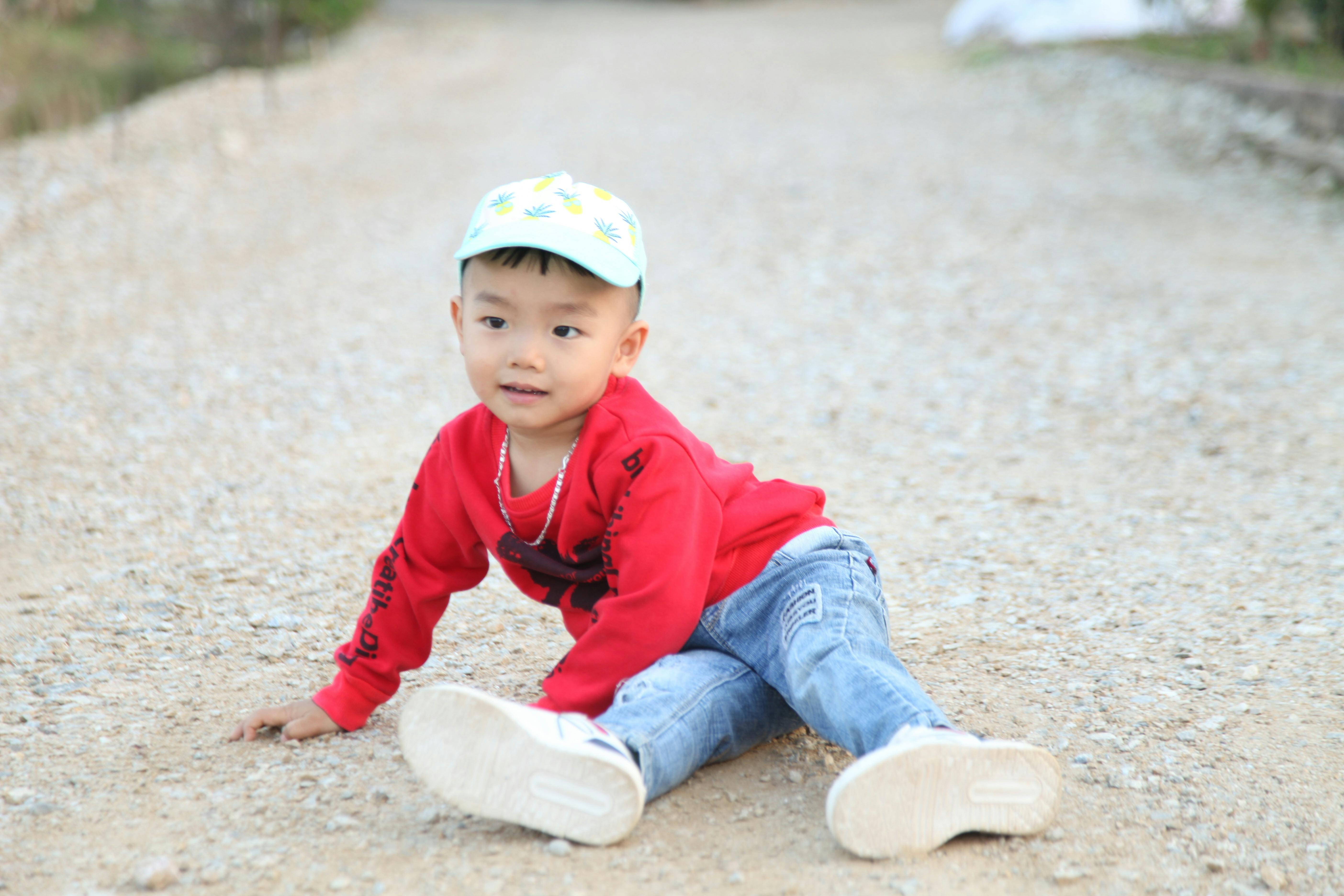Table of Contents
Identifying potential hazards in the home
The first step in childproofing your home is to identify potential hazards that could pose a risk to children. Take a walk around the house and look for things that could be dangerous, such as sharp corners on furniture, open electrical outlets, dangling cords, and small objects that could be choking hazards. Make sure to secure all windows and doors to prevent falls and ensure that all cleaning products and medications are stored out of reach of children.
On-Demand Childcare in Your Neighborhood
Book a Sitter
Securing furniture and appliances
Furniture and appliances can be dangerous if they are not properly secured to the wall or floor. Heavy furniture, such as bookshelves and dressers, should be anchored to the wall to prevent them from tipping over. Make sure that cords from blinds and curtains are tied up and out of reach of children to prevent strangulation. Keep small appliances, such as toasters and blenders, stored away when not in use to prevent burns and other injuries.
Safe storage of hazardous materials
Household cleaners, medications, and other hazardous materials should be stored in a locked cabinet or high up out of reach of children. Make sure that all containers are properly labeled and that childproof caps are securely in place. Keep all sharp objects, such as knives and scissors, stored in a locked drawer or cabinet to prevent cuts and injuries. It is also important to keep all electronic devices, such as tablets and smartphones, out of reach of children to prevent accidents.
Creating a safe play area
Designate a safe play area for children to play in while you are babysitting. Clear away any clutter or obstacles that could cause tripping or falling. Make sure that all toys and games are age-appropriate and do not contain small parts that could be choking hazards. Use safety gates to block off areas of the house that are not childproofed, such as the kitchen and stairs.

Keep an eye on children at all times and never leave them unattended, especially near water or other potential hazards.
Emergency preparedness and first aid
In case of an emergency, it is important to be prepared and know what to do. Have a first aid kit on hand with bandages, antiseptic ointment, and other basic supplies. Keep a list of emergency contacts, including parents’ phone numbers and the local poison control center, near the phone. Make sure that all smoke detectors are in working order and that you have a fire escape plan in place. Teach children how to call 911 in case of an emergency and what to do in case of a fire or medical emergency.
Conclusion
Childproofing your home is essential to keeping children safe while babysitting. By following the tips outlined in this article, you can create a safe environment for children to play and explore without the risk of injury. Remember to always be vigilant and keep an eye on children at all times to prevent accidents. With the right preparation and knowledge, you can ensure the safety and well-being of the children in your care.










